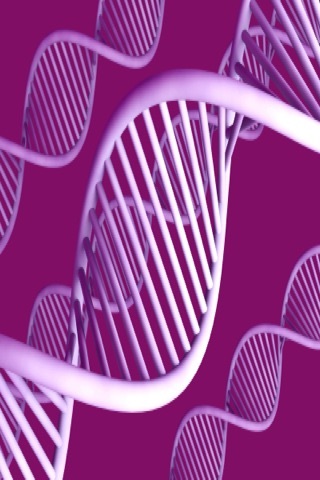
The human body is made up of billions of cells, each one of
which is derived from a single fertilised egg cell.
However, the bodys cells are not all identical. There are
at least two hundred distinct cell types, all with different
features and functions, such as neurons (nerve cells), liver
cells, skin cells, and so on. These specialised cells are
the bodys mature or fully differentiated, cells, all of
which are derived from their common ancestors, stem cells.
Stem cells are a class of undifferentiated cells that are
able to differentiate into specialized cell types. Commonly,
stem cells come from two main sources:
1. Embryos formed during the blastocyst phase of
embryological development (embryonic stem cells) and 2.
Adult tissue (adult stem cells).
Both types are generally characterized by their potency, or
potential to differentiate into different cell types (such
as skin, muscle, bone, etc.).
Stem cells have the remarkable potential to develop into
many different cell types in the body during early life and
growth. In addition, in many tissues they serve as a sort of
internal repair system, dividing essentially without limit
to replenish other cells as long as the person or animal is
still alive. When a stem cell divides, each new cell has the
potential either to remain a stem cell or become another
type of cell with a more specialized function, such as a
muscle cell, a red blood cell, or a brain cell.
Stem cells are distinguished from other cell types by two
important characteristics. First, they are unspecialized
cells capable of renewing themselves through cell division,
sometimes after long periods of inactivity. Second, under
certain physiologic or experimental conditions, they can be
induced to become tissue- or organ-specific cells with
special functions. In some organs, such as the gut and bone
marrow, stem cells regularly divide to repair and replace
worn out or damaged tissues. In other organs, however, such
as the pancreas and the heart, stem cells only divide under
special conditions.

